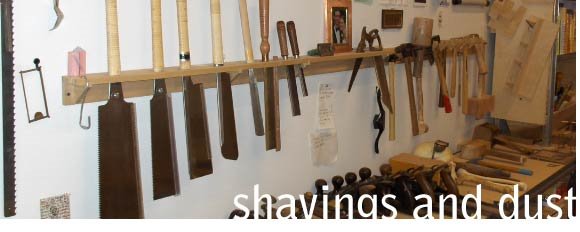
for Christmas my sister Sara gave me the gift shown above. It is one of my favorite gifts this year. When I opened it I laughed out loud as a swell of memories hit me right across the chest. These are, of course, action figures that I played with for hours upon hours as a youth re-contextualised for presentation in a grown-up world. I am really excited to hang this in our house, and to have these little objects in my life again after 25 years or so.
But of course, this got me to thinking. On the surface, of course, these are exactly the kind of thing that I rail about on a regular basis: Foreign-made plastic gewgaws manufactured and sold to make a profit for a big toy company (Kenner). Rubbish! But these objects contain the kind of emotional weight that pushes me back and back into childhood in ways that are only good. So how do those contrary experiences reconcile?
They don’t, really, of course. All dogma breaks down at some point, some sooner than others. These particular three action figures have many layers and many facets of memory:
-Star Wars itself was the closest thing to a religion in my childhood. My first imaginary friends were the cast of the movie, and I have a memory of laying in bed in our first house in North Carolina (I lived there from age 4 to age 7) and talking to them and really imagining I saw them. I grew as the movies came out, and the religious fervor grew deeper and deer. I was a Jawa for Halloween one year, in a brown cloak that my mom made for me and mirrored aviator sunglasses to be the light-up eyes of the movie character. After we moved to the new house, my friends and I played the parts of the characters out in the woods until it was almost too dark to find our way home.
-The toys themselves were status symbols, in their way, especially with me and my friend Sasha Clapper. When a new set of them was released, we would save our allowances to scrape together the $2.19 (not a small sum to a seven-year-old in 1980) to buy the Bespin Han Solo, or the X-Wing-Fighter Luke. Birthday and Christmas called for lengthy strategy sessions as to which of us would ask for the X-Wing fighter (me, because I had the Luke that went with it) and which would ask for the AT-ST (him, so that they could fight). All these years later, the names and styles of the toys come back effortlessly, the ritual symbology not at all distant, burned as it was into my memory by repetition.
-The action figures themselves were incredibly important to my making as a child: Block buildings and sand castles out in the sand box and improvised tree house villages built in dogwood trees out of twigs and vines. Spaceships built out of toilet paper tubes or scraps of wood. I spent countless hours fabricating worlds or components of worlds for these figures, often spending more time on making the toys than I did playing with them. I still have some photos of the intensely elaborate sand castles and villages that I made, often alone, but occasionally with friends.
-As I grew older, the toys finally became a marker of adolescence, when I finally stopped playing with them all together. I did take a choice couple to college with me, but they became tchotchkes, knick-knacks to remind me of a former time, not toys to play with, per se.
As is true for many people of my generation, Star Wars helps us to identify others in our tribe. One is either a disciple of the movies or one is not, and knowing which side of that line one falls on helps us to make decisions about how we interact. It is one of the things I nerd out on, like wood and American History and old Union songs. I don’t nerd out on it enough to dress up, any more, or go to conventions or play the video games. For me, there is a purity to the original three movies and the toys that accompanied them. They live in a time and a place in my life, sacrosanct, unmoving and unmovable. The newer stuff is just that, the “new stuff,” and does not have the same fuzzy filter over it that the original three movies do.
Given all of that, how does one reconcile the plastic, mass produced toys with the general theme of what I write here? How do they exist so heavily in the same world in which making brings us closer to the world we move through? I am not sure at all.
What I am glad about, though, is that my sister has brought these three back into my life. Mostly because they are such important objects of memory and joy and childhood, totems of no small power. But also because it is important, I think, to stop and realize that there are no absolutes. That mass-produced foreign-made plastic toys can be objects of great creativity, can foster enduring friendships and meaningful world views, even thought they are made halfway across the world from petroleum products ripped from the ground in extremely polluting ways. Lots to think about there, especially as our own son grows and has toys of his own.
Ah, the holidays. Hope yours were as good.

















